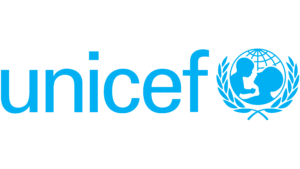Dynamic Infectious Disease Risk Platform
Project Overview
With sponsorship from the Wellcome Trust and in collaboration with New Light Technologies Inc. and UNICEF, the SDG Policy Initiative is developing an online infectious disease prediction platform using real-time climate conditions to map predicted spikes in disease rates and to inform decision makers of public health resources required for disease prevention and treatment.
The project will with dengue as a proof-of-concept, and then incorporate other diseases. Dengue fever is a climate-sensitive disease transmitted by the Aedes aegypti mosquito, infecting an estimated 100-400 million cases each year. There is a great need for publicly available early warning systems (EWS) and machine learning (ML) models that can forecast at-risk geographic regions for governing bodies to preemptively address transmission rates (through spraying for example) and distribute resources for patient care. This data will directly link the causal effects of weather on increased disease incidence rates allowing policymakers to make evidence-based, climate-focused policy that could stabilize the affected ecosystems. With dengue fever as a proof-of-concept, the goal is to expand the predictive model to predict incident rates of additional under-researched vector-borne diseases, like Zika Virus and Chagas Disease
About the Machine Learning Model
The ensemble machine learning model will predictive disease incidence rates using climate factors accessed via satellite data from Google Earth Engine and The Copernicus Climate Change Service. These climate factors include vegetation cover and health, forest loss, altitude, 2m height air temperature, dewpoint temperature, total precipitation, sea level pressure, surface pressure, and 10m u- and v-components of wind. The outputs produced by the machine learning model will be publicly accessible from a web browser. The platform will showcase geospatial display, tabular data and summary statistics of predicted and historical dengue fever cases, and visualization of health program needs.
You can find details about the strategies offered, scenarios mapped, and more by reading the upcoming Technical Report.




